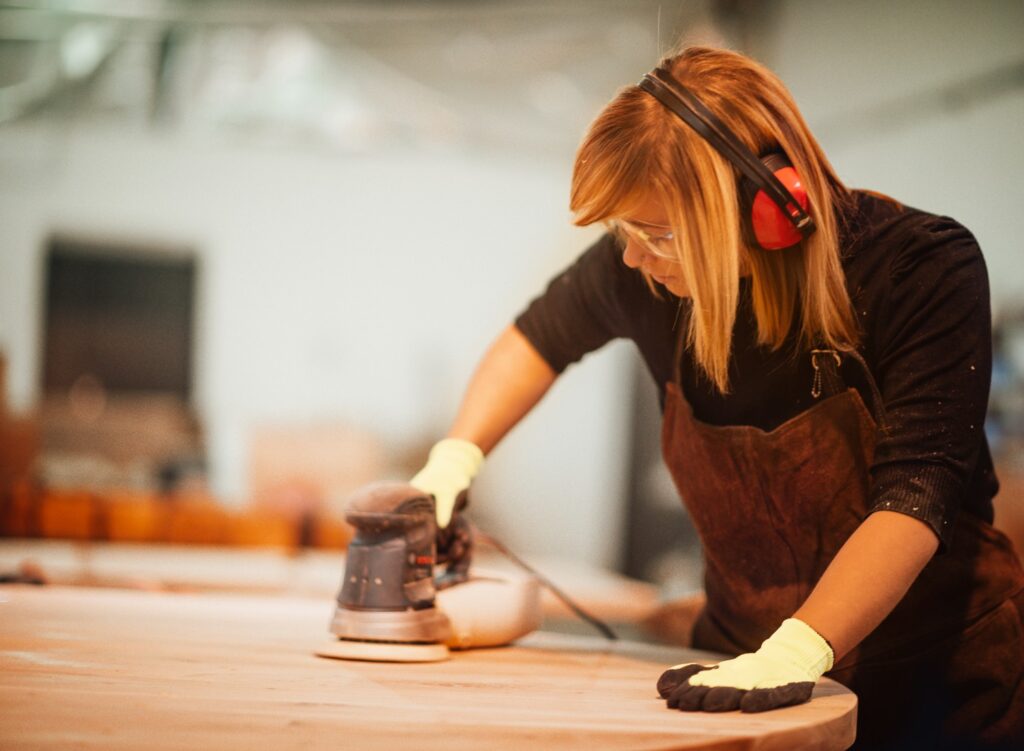DIY Coffee Table: A Guide to Building a Unique Conversation Piece for Your Living Room

Most cookie-cutter coffee tables can be a bit boring, simply blending into the background rather than making a statement. If you’d prefer a conversation piece that reflects your unique style and creativity, the best way to turn your vision into a reality may be to build a one-of-a-kind coffee table that perfectly complements your space.
In this article, we’re going to show you how to build your very own DIY coffee table that’s sure to leave your guests in awe. Get ready to unleash your inner craftsman and create a special centerpiece for your living room that will have everyone talking.
Why Build a DIY Coffee Table?
Building your own coffee table allows you to have complete control over the design, materials, and craftsmanship. It can be a highly rewarding and fulfilling project that showcases your creativity and skills. By building your own coffee table, you can create a one-of-a-kind piece that perfectly suits your style and preferences.
You have the freedom to choose the design, materials, and finishes, ensuring that it stands out as a unique conversation piece in your living room. Building your own coffee table can also be a cost-effective alternative to purchasing one from a store. By sourcing materials directly and utilizing your own labor, you can save money without compromising on quality or design.
Choosing the Right Design
When selecting a design for your DIY coffee table, consider popular styles such as rustic farmhouse, mid-century modern, or industrial. Each design has its own unique characteristics and can complement different interior styles.
To ensure the coffee table fits perfectly in your living room, consider factors like size, scale, functionality, and aesthetics. Measure your space and consider the purpose of the table, whether it’s for holding beverages, displaying decor, or providing storage.
Materials for Building the Coffee Table
- Wood types and finishes
- Metal accents
- Glass or acrylic options
Tools and Equipment Needed
To build your DIY coffee table, you’ll need basic tools like a measuring tape, level, saw (circular, miter, or jigsaw), drill, standards and precision screwdrivers, sandpaper, and wood glue.
For more advanced techniques and precision, you may want to invest in tools like a compact router and router table for creating decorative edges or a planer and jointer for ensuring flat and smooth surfaces.
Step-by-Step Building Process
1. Prep work and safety precautions: Before you start building, gather all the necessary materials and measure your space accurately. Set up a safe workspace with proper ventilation and lighting. Always wear personal protective equipment (PPE) such as safety glasses and gloves.
2. Cutting and assembling the base: Start by cutting the wood pieces to the appropriate size and shape for the base. Join the base components securely using screws or dowels, ensuring stability. Sand the base thoroughly and finish it with paint, stain, or a protective coating.
3. Building the tabletop: Choose a suitable wood species or other material for the tabletop. Create a sturdy and level surface by securely attaching the tabletop to the base. Consider adding decorative elements or patterns for added visual interest.
4. Applying a protective finish: Select a finish that suits your desired look and provides protection against moisture, stains, and scratches. Follow the manufacturer’s instructions to apply the finish evenly, allowing it to cure properly. Make any final touches, like adding decorative hardware or trim.
Conclusion
Building a DIY coffee table is a gratifying project that allows you to unleash your creativity and create a unique piece of furniture for your living room. The benefits of building your own coffee table are numerous. Not only do you have complete control over the design, materials, and craftsmanship, but you also have the opportunity to save money without compromising on quality or design.
Building your own coffee table allows you to personalize and customize every aspect, ensuring that it perfectly suits your style and preferences. By following the steps outlined in this guide and adding your personal touch, you’ll have a conversation-worthy coffee table that will enhance the style and functionality of your space for years to come.
